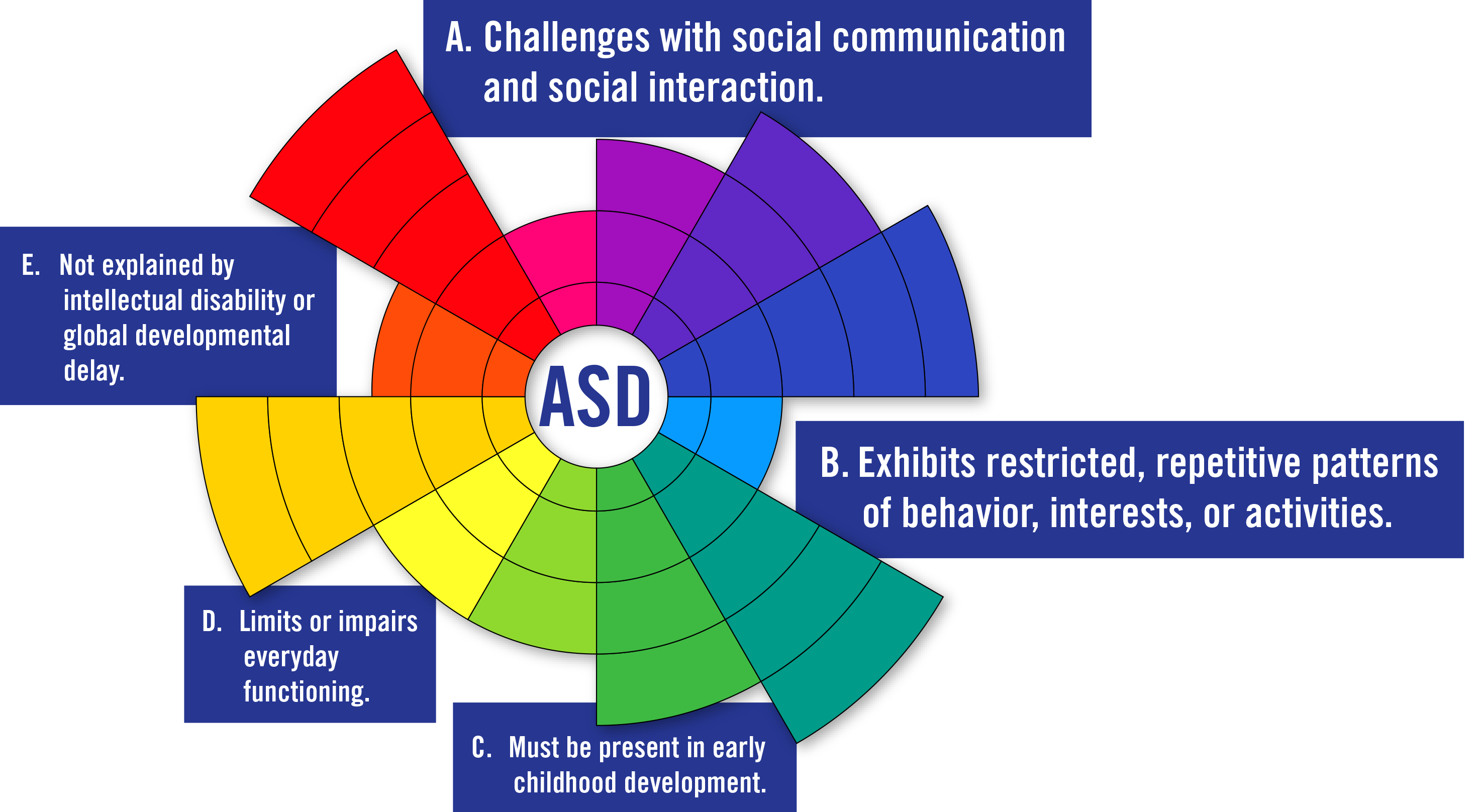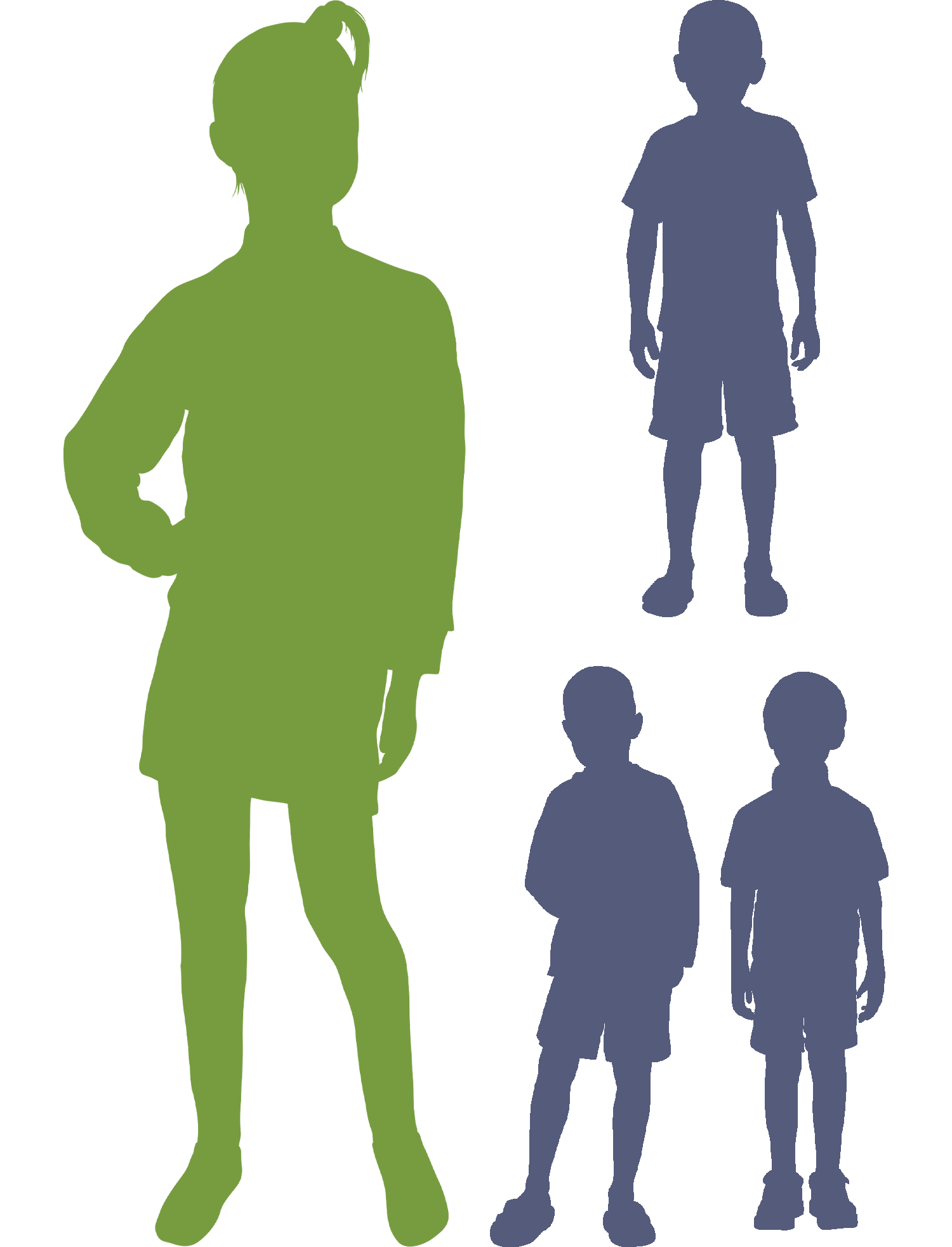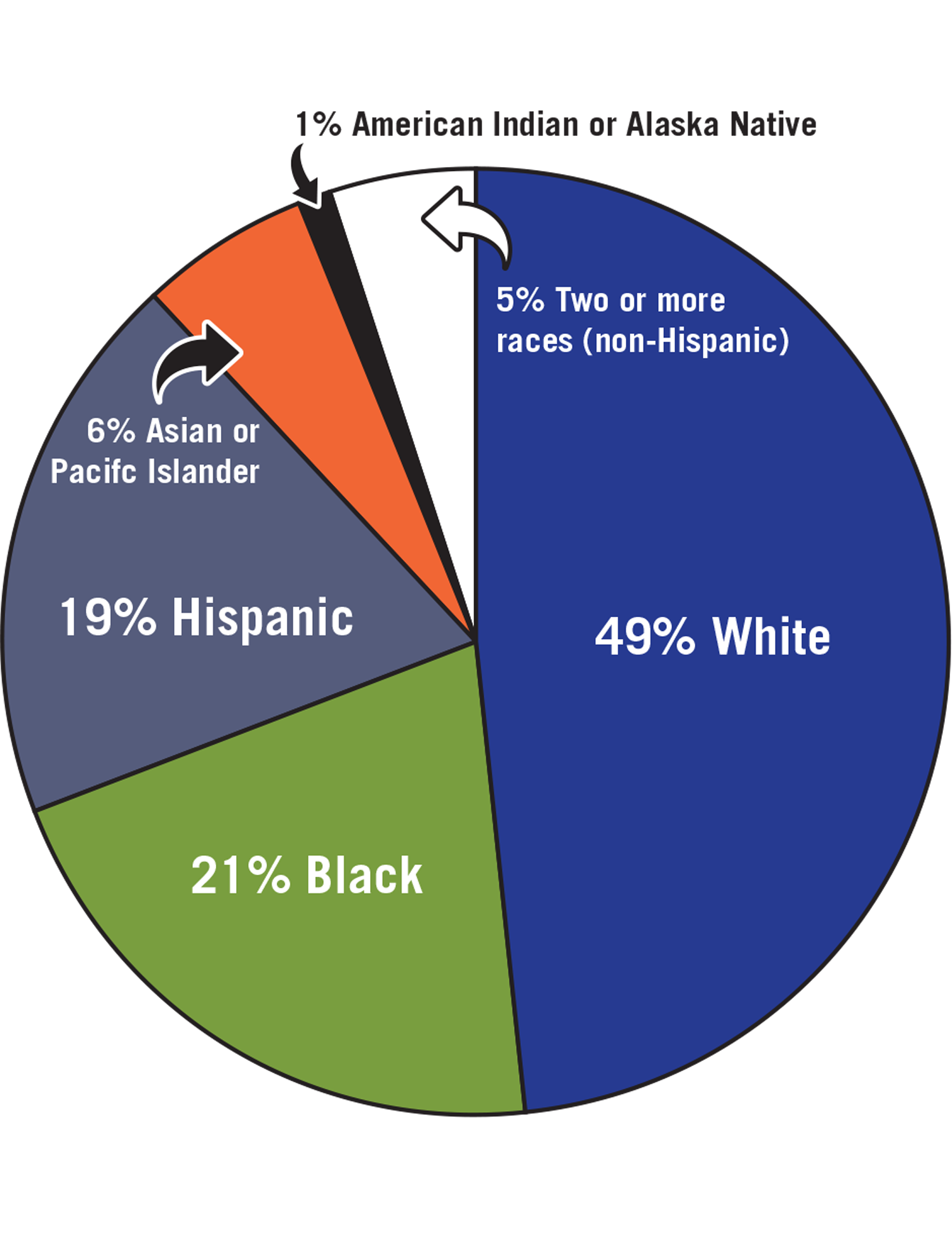About Us
What is Autism?
Autism spectrum disorder (ASD) is a neurological and developmental disorder that affects how people interact with others, communicate, learn, and behave. Although autism can be diagnosed at any age, it is described as a “developmental disorder” because symptoms generally appear in the first 2 years of life. For more information: Autism Spectrum Disorder - National Institute of Mental Health (NIMH) (nih.gov)
The Features of Autism Spectrum Disorder

The Centers for Disease Control and Prevention (CDC) refers to The American Psychiatric Association’s Diagnostic and Statistical Manual, Fifth Edition (DSM-5) to provide standardized criteria to help diagnose ASD as graphically displayed above.

The DSM 5 uses a level system within diagnosis to determine/ predict the level of support the individual will need; the lowest level of support beginning with requiring support at level 1 to requiring very substantial support at level 3. For more information: Diagnostic Criteria | Autism Spectrum Disorder (ASD) | NCBDDD | CDC
Key Findings at a Glance

1 in 36
The ADDM Network found that about 1 in 36 (2.8%) 8-year-old children were identified with ASD in 2020.

1 in 4
For every girl identified with ASD, boys were nearly 4 times as likely to be identified.

Population by Race/Ethnicity
Total: 226,339 Children 8 years of age.
You can also find the most up to date Autism and Developmental Disabilities Monitoring (ADDM) Network prevalence and statistical report on the CDC site. For more information: 2023 Community Report on Autism | Autism | NCBDDD | CDC


